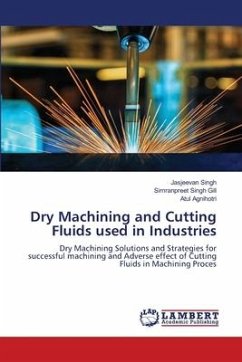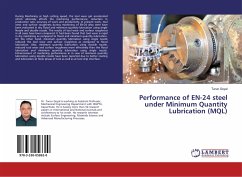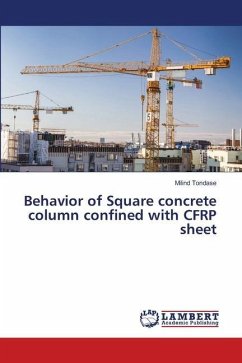Use of multi-materials in commercial aircrafts is increasing. Various combinations of stacks are Ti6Al4V/CFRP/Ti6Al4V CFRP / Ti6Al4V CFRP/Aluminium and Aluminium alloy/CFRP/Ti6Al4v alloy.In an aircraft fuselage structure, around 10 million holes are required for joining purposes.Difficulties in drilling various combinations of composite/metal stacks are Intense tool wear caused by the high loads during the process erosion and abrasion in the composite layer and Problematic chip transport between dissimilar materials.Interface burrs are formed and debris from drilling is also lodged between the layers. Composite material requires low spindle speed and low feed. High feed leads to delamination. Drilling of titanium requires a balance between speed and feed.
Bitte wählen Sie Ihr Anliegen aus.
Rechnungen
Retourenschein anfordern
Bestellstatus
Storno








